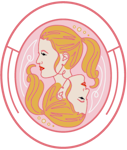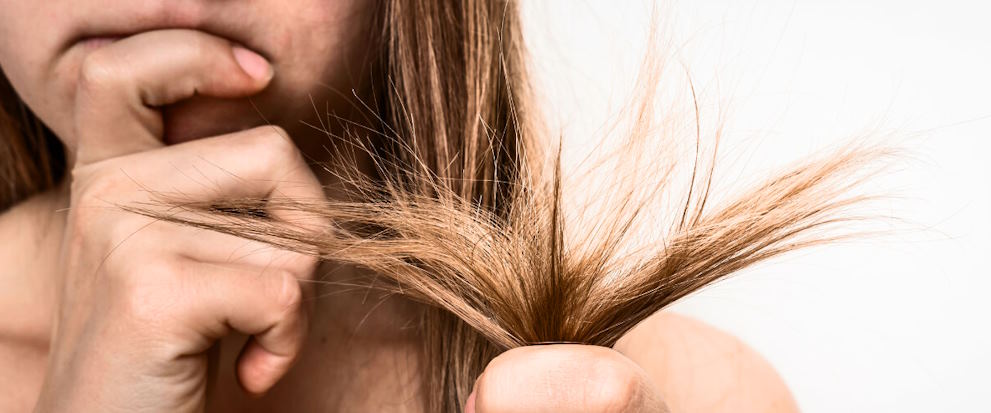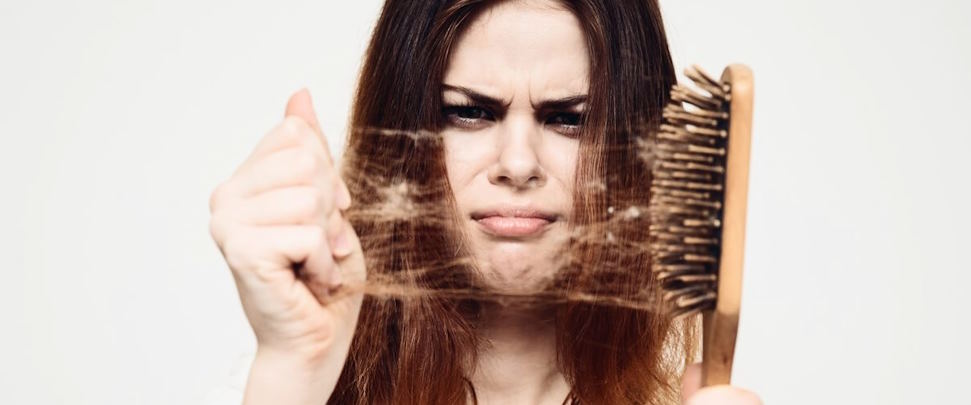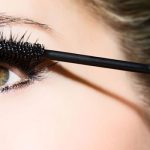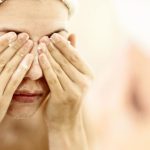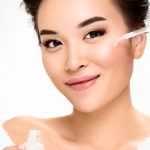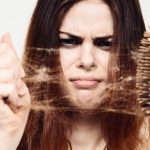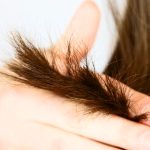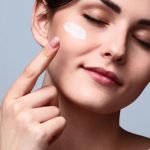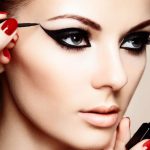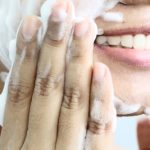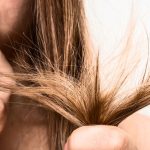Healthy, lustrous hair is often seen as a reflection of overall well-being and vitality. However, many of us face various challenges that can impact the condition and appearance of our hair. From hair loss and dryness to frizz and scalp concerns, these issues can arise from a multitude of factors, including genetics, lifestyle choices, and environmental influences. Understanding the root causes behind these common hair problems is the first step towards effectively managing and improving hair health.
What are the most widespread hair issues, and how can they be solved?
Hair Loss and Thinning
- Hair loss and thinning are often genetic or hormonal, exacerbated by other factors. For instance, stress, whether physical (like illness or surgery) or emotional (like anxiety or grief), can lead to telogen effluvium, a temporary hair loss condition. Nutritional deficiencies, particularly iron, vitamin D, and biotin, can affect hair growth and health. Medical conditions like alopecia areata, an autoimmune disorder that causes patchy hair loss, or scalp infections caused by fungi like Malassezia, can also contribute to hair thinning.
- Effective solutions for hair loss and thinning involve a combination of medical treatments, lifestyle adjustments, and targeted hair care practices. Medical treatments like Minoxidil (Rogaine) or Finasteride (Propecia) can stimulate hair follicles and promote hair regrowth. Lifestyle changes such as managing stress through meditation, exercise, or therapy can help mitigate hair loss caused by stress. Nutritional supplements that include biotin, vitamins D and E, and iron can support overall hair health. Scalp care routines involving gentle massage to improve circulation and applying nourishing oils or serums can also aid in maintaining healthy hair growth.
Dry and Brittle Hair
- Dry and brittle hair is often the result of environmental factors, excessive heat styling, or chemical treatments that strip the hair of its natural oils. Overwashing hair with harsh shampoos or washing too frequently can lead to dryness by removing these essential oils.
- To combat dry and brittle hair, adopting a hair care routine that prioritizes moisture retention and protection is essential. Moisturizing shampoos and conditioners formulated with hydrating ingredients like glycerin, shea butter, or argan oil can help replenish moisture and improve hair elasticity. Regular deep conditioning treatments or hair masks can provide intensive hydration and repair damaged hair. Adjusting washing frequency to allow natural oils to nourish the hair can also help maintain moisture balance and prevent dryness.
Dandruff and Scalp Issues
- Dandruff and scalp issues arise from dry skin, fungal infections like Malassezia, product sensitivities, and medical conditions like psoriasis or eczema. Dry skin leads to flaking and itching, while fungal infections cause inflammation and cell turnover. Sensitivity to harsh products and certain medical conditions exacerbate scalp redness, scaling, and flaking.
- Effective managing dandruff and scalp issues involves using specialized hair care products and implementing scalp care routines. Anti-dandruff shampoos containing active ingredients like zinc pyrithione, selenium sulfide, or ketoconazole can help reduce flaking and control dandruff-causing fungi. Regular scalp exfoliation with gentle scrubs or brushes can help remove dead skin cells and prevent buildup. Consulting with a dermatologist or healthcare provider is recommended for persistent scalp issues or symptoms of underlying medical conditions to determine the appropriate treatment plan.
Split Ends and Breakage
- Split ends and hair breakage result from mechanical damage, chemical treatments, lack of moisture, and environmental factors. Mechanical damage, such as rough handling, such as using harsh brushes or tying hair tightly, causes mechanical damage. Chemical treatments like coloring and bleaching weaken the hair shaft, making it prone to splitting. Dry hair becomes brittle and more susceptible to breakage. Environmental exposure to sunlight, wind, and pollution further weakens hair strands.
- To prevent and manage these issues, adopt gentle hair care practices, ensure adequate hydration with conditioning treatments, use wide-tooth combs, minimize heat styling, and protect hair from environmental stressors with protective hairstyles and heat protectant products.
Oily Hair
- Oily hair is often due to overactive sebaceous glands, hormonal imbalances, overwashing, or product buildup. Sebaceous glands produce sebum, which lubricates the hair and scalp. Hormonal changes during puberty, pregnancy, or menopause can increase sebum production. Overwashing or using harsh shampoos strips natural oils, causing the glands to produce more sebum. Product buildup from heavy conditioners or styling products also contributes to greasiness.
- To manage oily hair, use clarifying shampoos or gentle cleansers formulated for oily hair. Wash hair regularly but not excessively, use lightweight conditioners, and incorporate dry shampoo. Avoid touching hair frequently or applying excessive heat to the scalp.
Frizz and Unmanageable Hair
- Frizz and unmanageable hair are common issues caused by humidity, lack of moisture, damaged cuticles, and certain hair textures. Humidity makes hair absorb moisture, swelling the cuticle and causing frizz. Dry hair becomes porous and prone to frizz and static. Damaged cuticles from heat styling, chemical treatments, or environmental exposure allow moisture in, leading to frizz. Curly or coarse hair textures have uneven cuticles that need extra moisture and protection.
- To control frizz, use anti-frizz products like serums or sprays with silicone or oils. Hydrating shampoos and conditioners with glycerin, shea butter, or argan oil nourish hair. Blot hair with a microfiber towel to reduce friction, and use protective styles like braids or buns.
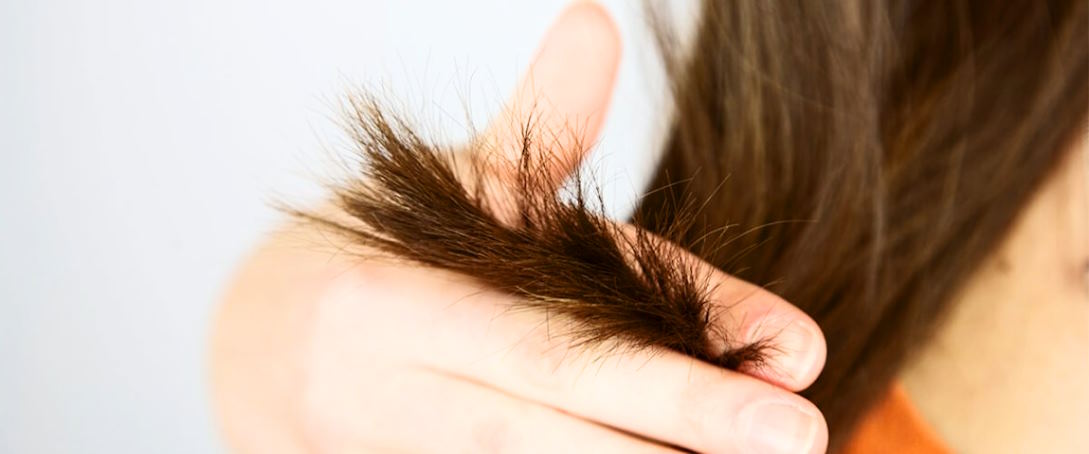
Color-Treated Hair Issues
- Color-treated hair needs special care to maintain vibrancy, strength, and health. Chemical treatments like coloring, bleaching, perming, or straightening weaken the hair shaft. Sun exposure can fade color and cause dryness, while chlorine in pools strips moisture and color, leaving hair dry and damaged. Using harsh shampoos or skipping conditioning treatments further harms color-treated hair.
- To protect and maintain color-treated hair, use color-safe shampoos and conditioners that cleanse and moisturize without stripping color. Apply UV protection sprays or leave-in treatments to prevent sun damage and fading. Regular deep conditioning treatments or masks provide essential moisture and strengthen hair. Rinse hair with fresh water before swimming and wear a swim cap to minimize chlorine damage.
What type of hair suffers the most?
Certain hair types are more vulnerable to damage due to their structure and the challenges they face.
Fine hair, for instance, is delicate and easily prone to breakage and split ends because of its thin diameter. Curly and coily hair, with its natural bends and twists, often struggles with moisture retention, leading to dryness and frizz. Color-treated hair is also at risk as chemical processing weakens the hair shaft, making it more susceptible to environmental damage.
